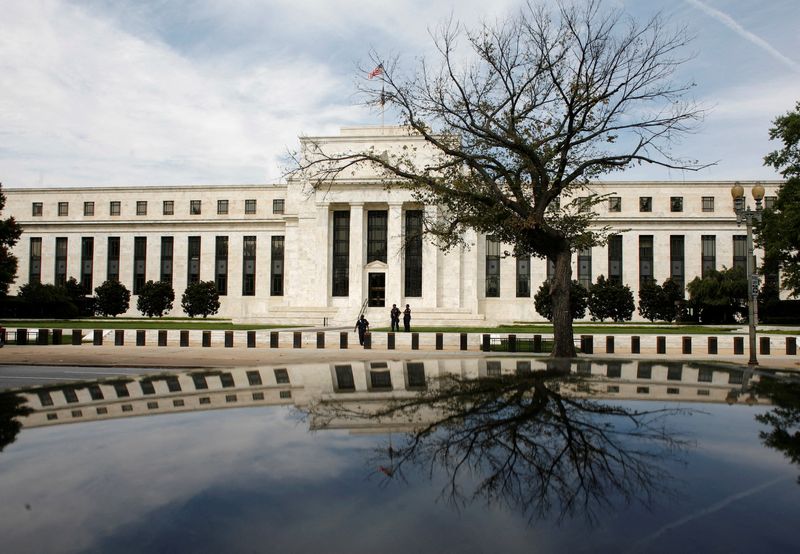U.S. President-elect Donald Trump’s anticipated return to the White House has significant implications for the Federal Reserve’s interest rate strategy, suggesting a more gradual and limited approach to rate cuts. Market expectations indicate that the Fed is likely to lower its benchmark interest rate by a quarter percentage point to a range of 4.50%-4.75% during an upcoming two-day meeting. Furthermore, futures contracts connected to the Fed’s rate indicate some probability for an additional rate cut in December, although this likelihood has diminished compared to previous projections. As the Fed adjusts its monetary policy in response to inflation figures that have moved closer to the preferred 2% target and a cooling labor market, traders anticipate a less aggressive rate-cutting trajectory, with only two more cuts expected in 2025. Such a shift would mean that the conclusion of the Fed’s current rate-cutting campaign might occur more than a year earlier than expected, with rates remaining a full percentage point above prior estimates made by Fed officials.
The recent economic data has surprised many analysts, leading to a reevaluation of market bettings regarding rate changes. As Trump secured victory over Democratic Vice President Kamala Harris, his campaign promises aimed at rejuvenating the economy further fueled these expectations. His proposed policies, which encompass increased tariffs, reduced taxation, and stricter immigration controls, are anticipated to stimulate economic expansion. However, economists warn that such actions could also tighten the labor market and raise import costs, thus exerting upward pressure on prices. These dynamics have led several Wall Street economists to adjust their forecasts, predicting fewer interest rate cuts next year and a longer delay before the Fed’s rate adjustments take effect.
Analysts have highlighted that the consequences of Trump’s economic policies might unfold over an extended period, leaving uncertainties about his level of commitment to these initiatives. Some experts, like those from Oxford Economics, suggest that the delayed inflationary effects from tariffs and expansionary fiscal strategies could allow the Fed to persist with interest rate cuts into 2026. They maintain a prediction that the Fed will ultimately reduce its policy rate to around 3% by mid-2026. However, they caution that this outlook is contingent upon how clearly Trump’s intentions will manifest in the coming months, indicating that further clarity on his economic strategy will be essential for accurate forecasting.
The overarching economic narrative under Trump’s leadership emphasizes a stronger entrepreneurial ethos with an inclination toward market-driven growth. His administration’s approach could shift the paradigm within which monetary policy operates, particularly if the anticipated improvements in economic activity result in inflationary pressures that necessitate a recalibration of the Fed’s strategies. The engagement in an aggressive fiscal policy could lead to a more competitive environment, with improved wages and job creation, yet these factors also introduce complications for central banking, as the balance between stimulating growth and controlling inflation becomes increasingly delicate.
As Trump takes office, the challenges for the Federal Reserve are multifaceted. Policymakers must navigate a landscape marked by evolving economic data and shifting investor sentiment, all while factoring in potential changes in fiscal policy stemming from the new administration. The interplay between Trump’s economic policies and the Fed’s response will be crucial in determining the trajectory of both growth and inflation. Should inflation rise faster than anticipated, it could prompt the Fed to reconsider its current stance, leading to a tighter monetary policy environment sooner than market participants currently expect.
In conclusion, Trump’s victory heralds a period of uncertainty and potential rethinking for the Federal Reserve, necessitating vigilance and adaptability from central bankers as they respond to both economic data and political developments. As analysts gauge the potential impacts of Trump’s economic agenda, they urge caution and flexibility in interest rate policy forecasting. The coming months will be critical for understanding how Trump’s policies will shape the economy, inflation, and the Federal Reserve’s monetary stance moving forward. Ultimately, the implications of this political transition extend far beyond immediate fiscal maneuvers, influencing the broader economic landscape and central banking strategies in the years to come.

